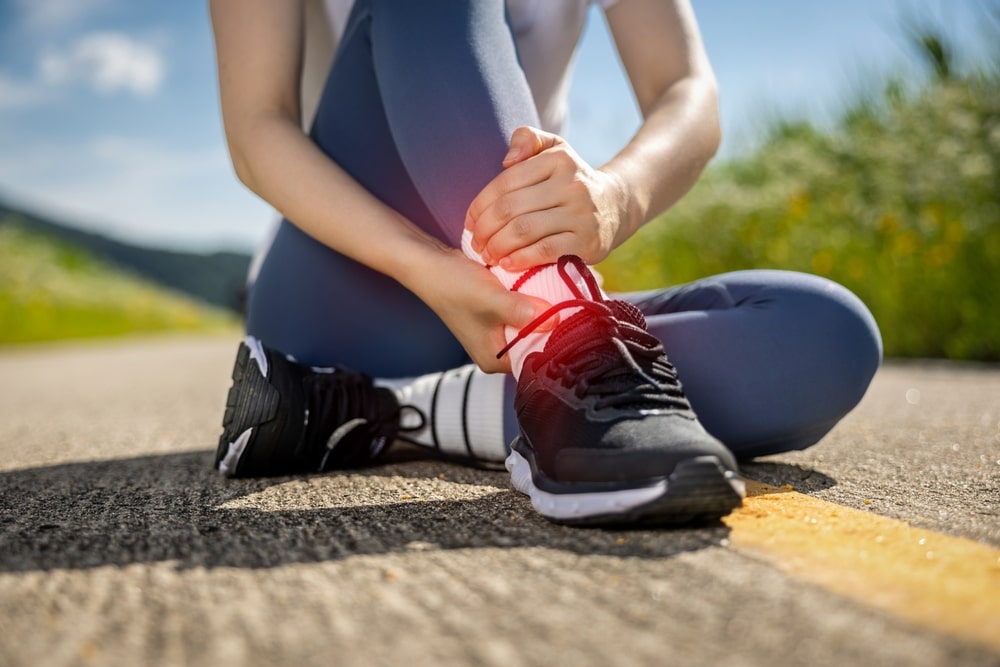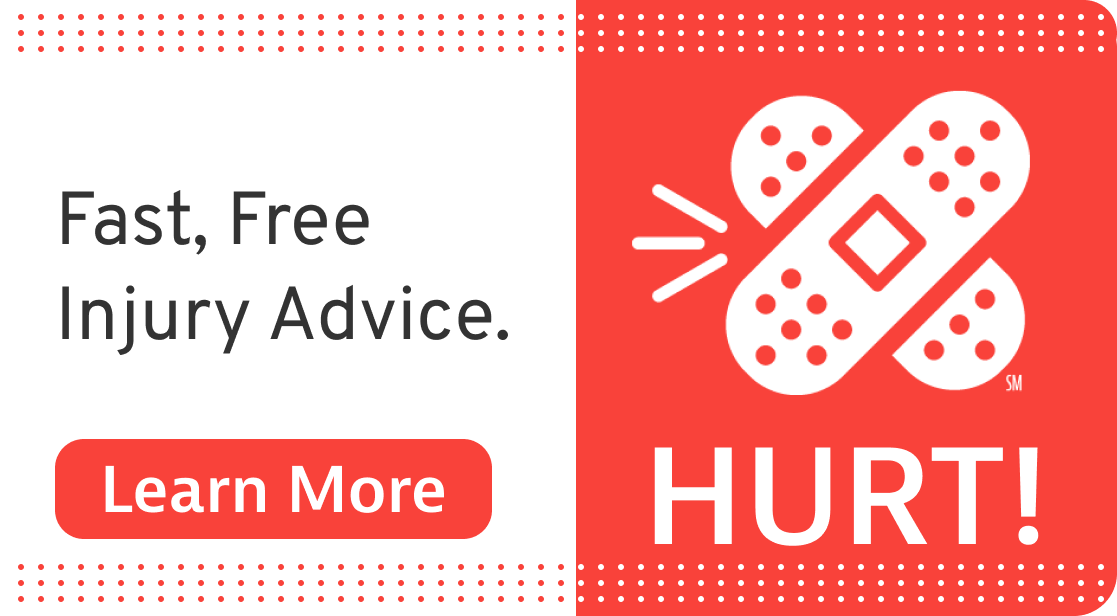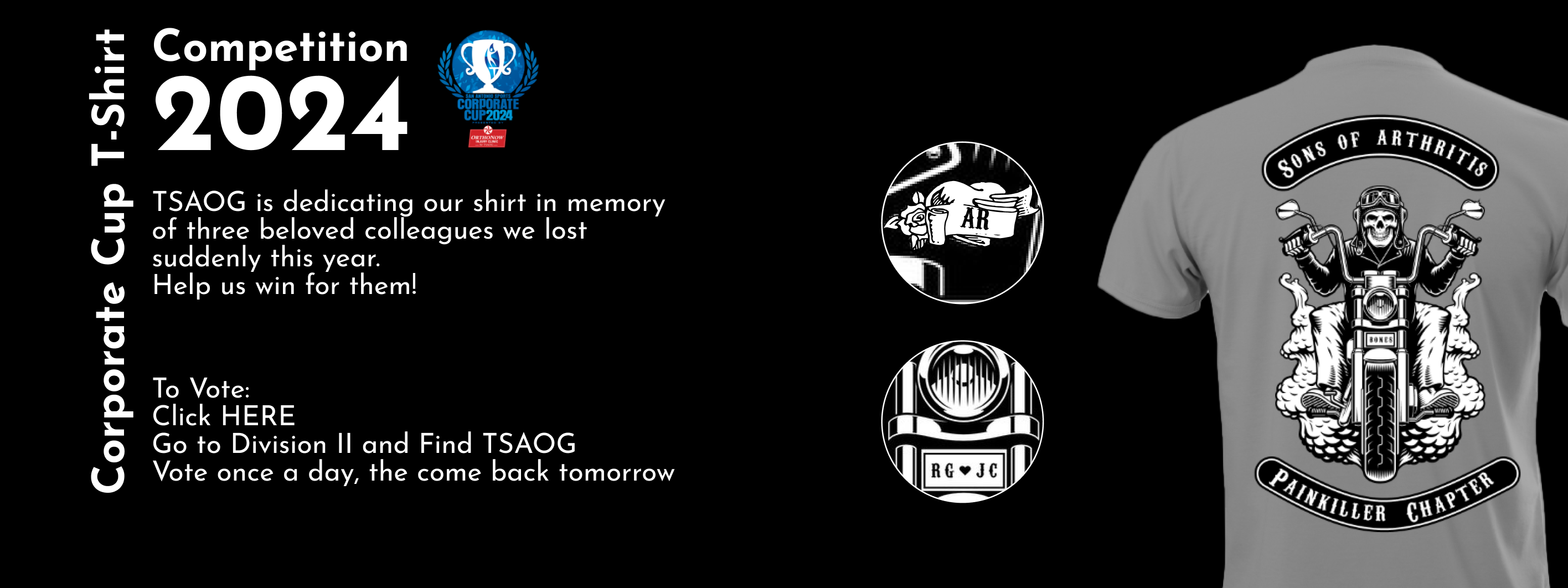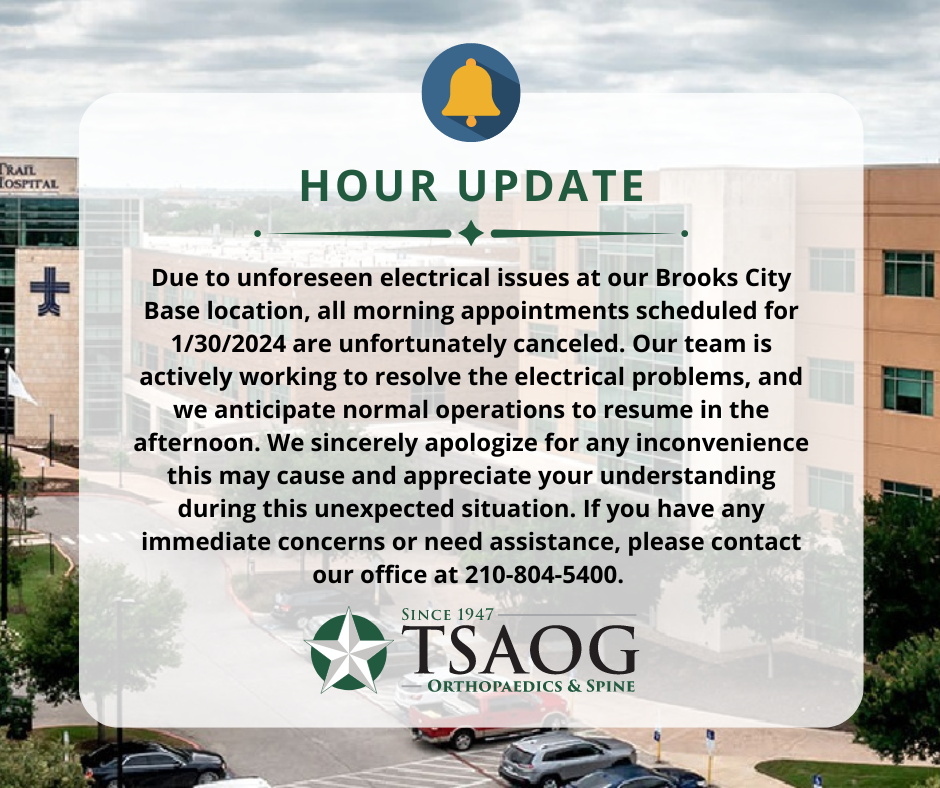If you look into the origin of a marathon, you would likely think twice about participating. The modern marathon commemorates the run of the soldier Pheidippides from a battlefield at the site of the town of Marathon, Greece, to Athens in 490 B.C., bringing news of a Greek victory over the Persians. Legend has it that Pheidippides delivered the momentous message “Niki!” (“victory”), then collapsed and died, setting a precedent for dramatic conclusions to the marathon. However, considering in the modern day that there are over 500 marathons held throughout the world each year, a marathon (26.2 miles, approximately 25,000 steps) is an achievable goal. Unfortunately, a significant number of runners sustain some form of injury.
Through the use of a training plan, proper equipment, and discipline the modern marathon is well within grasp of the average, motivated person, while minimizing the risk of injury in the process.
Technology can be a significant help in training. The use of a heart rate monitor is recommended by most experienced coaches. It is common for inexperienced runners to use “how they feel” or “rate of perceived exertion (RPE).” RPE can be a good guideline for the experienced athlete, but most newcomers tend to underrate their RPE, sometimes with disastrous consequences. Still, a large majority of athletes still use a combination of RPE and the heart rate monitor. Heart rate monitors, when used correctly, will allow you to better train in the proper zone which not only helps to improve your fitness, but also reduces the risks of an overuse injury. This, in combination with a proper training plan, is the most effective way to achieve your goal.
Another tool that is important to helping you achieve your marathon goals is choosing proper running shoes. It seems simple enough, but more often than not, people run in improper footwear. Training places significant stresses on the body and improper footwear can increase your risk of injury. Consider the fact that while running, patella tendon forces have been calculated at 5 to 7 times your body weight and patella femoral forces at up to 10 times your body weight. Wearing “good-looking shoes” won’t make you faster, so it’s imperative that you spend the time to have a gait evaluation by a qualified person. This can typically be done by employees (which are typically runners/athletes themselves) in reputable running and fitness stores.
If you are new to marathon training, it is an absolute must to have a proper plan along with adequate time to train. Without it, you are more prone to overtraining, increasing the risk of injury. The best training plans use what is called “periodization.” Joe Friel, a well-known author and coach of professional athletes for over 30 years, describes periodization as a widely accepted training approach in which you manage your resources – time and energy – to achieve your goals. It is often broken down into various periods including prep, base, build, peak and race phases.
The primary purposes of each phase are as follows:
- Prep – Preparing for training which can include cross training, weight lifting etc.
- Base – Developing basic abilities with a focus on technique and duration, not speed.
- Build – Developing advanced abilities with an emphasis on intensity.
- Peak – This is of short duration, typically referred to as “tapering.”
- Race – Rest and preparation for your race.
All phases include a steady build up of intensity and duration and you should always have a recovery week prior to moving on to the next phase. The recovery week is expected to be EASY! Active recovery tends to improve a person’s economy greater than doing a rest week where no exercise is done by allowing the body to flush out excessive waste products from muscles.
You must also set realistic expectations based on your training goals and the time you are willing to dedicate to running. Risks of injury are significantly higher with less training time, especially if you have little or no base fitness. For this reason, running groups or a personal coach can often help you in keeping on task and keeping your fitness goals in check.
Lastly, I want to touch briefly on overuse injury. As I’ve mentioned, training for long distance races poses significant risks for injury, particularly as you start to build intensity. Newcomers and seasoned athletes alike are at risk. What often differentiates them is what is done when an injury occurs. Inexperienced athletes are more likely to work through an injury rather than rest and allow the injury to heal. An experienced athlete is more likely to rest until fully recovered. Obviously, as race day gets closer, resting an injury becomes much more of a mental challenge because the athlete feels pressured into achieving their set goals. Regardless, injury recovery is important to minimize the risk of an acute injury becoming a chronic and long-term problem. In summary, injuries occur when athletes exercise too often, too hard, too much, or too soon after an injury.
Training for a marathon can be a daunting task. However with the proper training plan, tools and time, completing a marathon is an achievable goal. In 2011, there were approximately 520,000 runners who went the distance in the US. That would place you in an elite group of less than one-one thousandth of the population of the US!
Dr. Frank J. Garcia is a board-certified orthopaedic surgeon with The San Antonio Orthopaedic Group. He treats patients aged 14 years and up for all orthopaedic conditions. To schedule an appointment with Dr. Garcia, please call 210.281.9595. To learn more about Dr. Garcia, visit his web page here.














